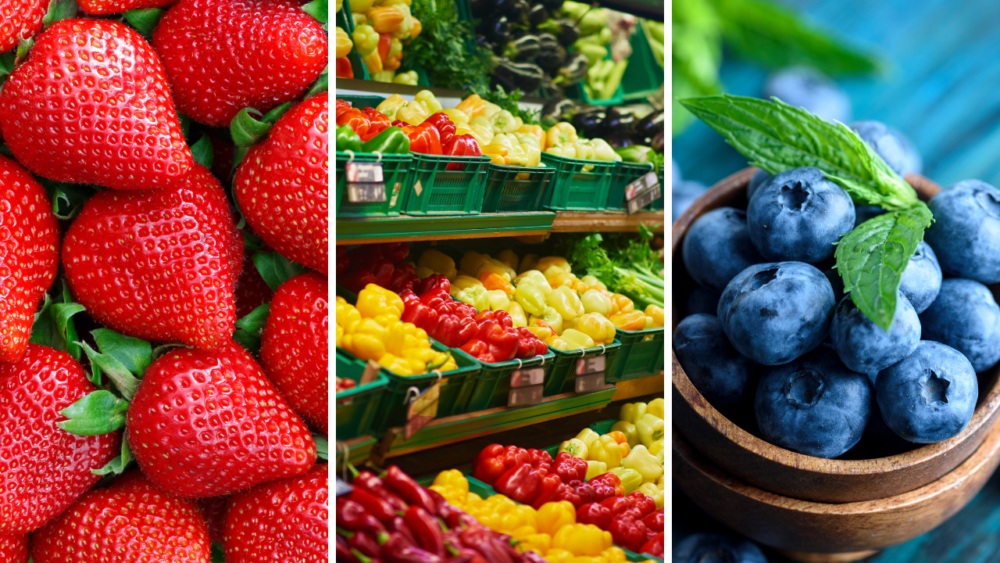7 Foods You Likely Aren’t Storing The Right Way, Causing Them To Spoil Faster
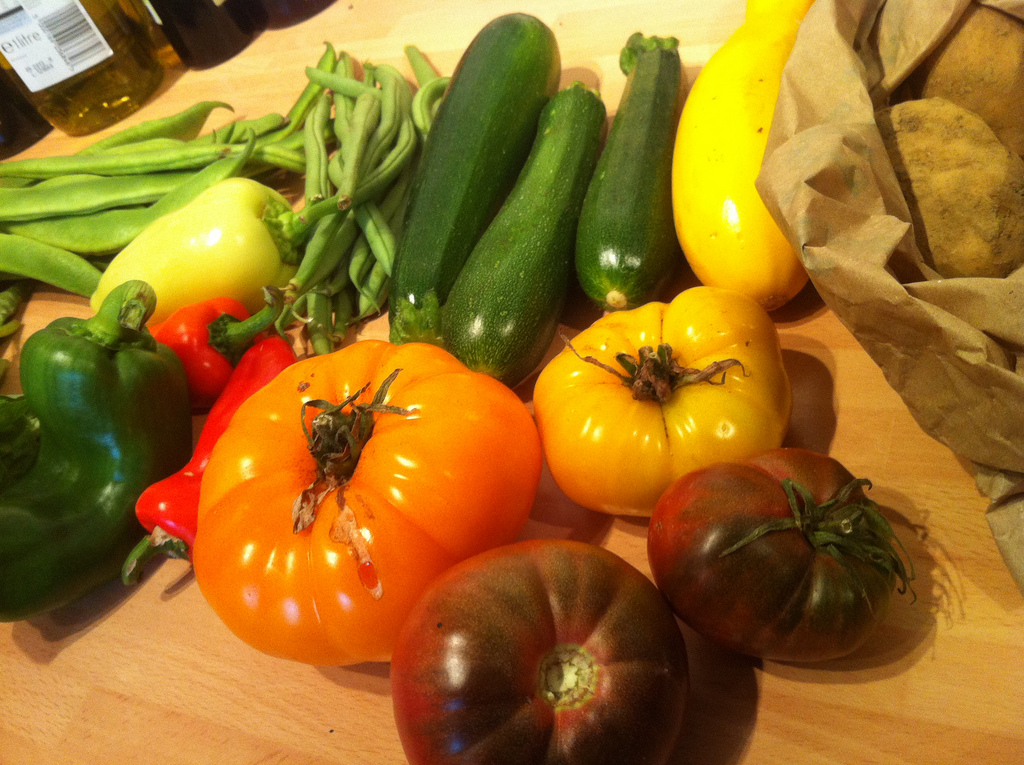
When it comes to buying and storing food, most of us go to the grocery store and stick our purchases in their usual spots without much thought.
Although it’s obvious that milk goes in the refrigerator and a box of cereal goes into the pantry, there are some other foods you may not realize you are storing in the wrong place. This can shorten their lifespan, which can end up costing you more in the end.
Cutting down on food waste is important, but you also want to make sure your food tastes its best and maintains its optimal flavor and nutrients. Storing your food in the right place can help ensure this.
If you’re looking to reorganize your kitchen and maximize the shelf-life of your groceries, consider these seven foods you probably aren’t storing properly.
1. Tomatoes
Many people store their tomatoes in the fridge, but tomatoes taste their best and keep longer when they’re stored on the countertop. Tomatoes don’t survive well in temperatures under 50 degrees, and they start to lose their texture.
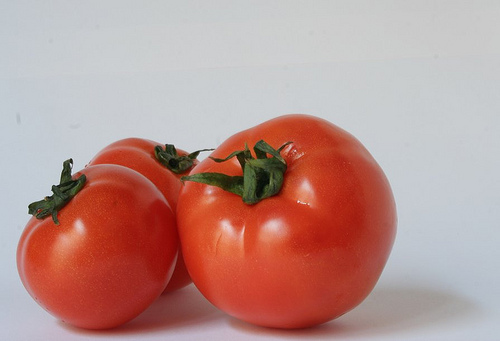

2. Apples
Take those apples from their basket and place them into the refrigerator instead. Apples are best kept in temperatures between 30 and 35 degrees Fahrenheit; anything below that and their cell walls collapse, and too much above that greatly shortens their lifespan.
Keep your apples in a crisper drawer in the fridge, and cover them with a slightly dampened paper towels.
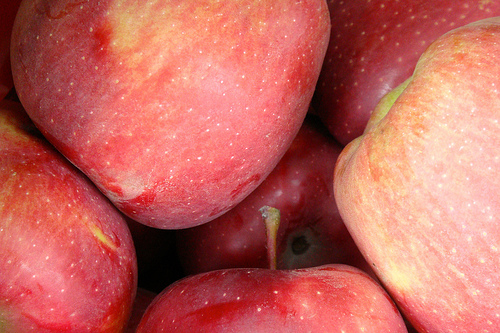

3. Broccoli
Most people keep broccoli in a bag, but the vegetable needs air and moisture to stay fresh. Wrap broccoli loosely in damp paper towels, or instead submerge the stems of broccoli in water, and replace the water daily as if they were flowers.
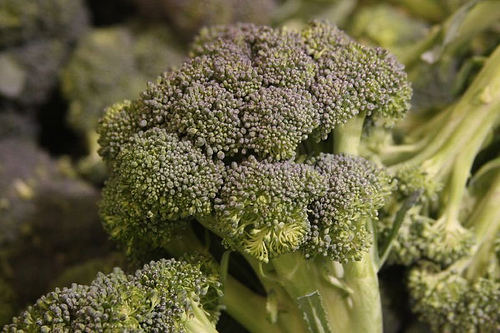

4. Nuts
Because nuts are high in oil, they go bad more quickly in warm temperatures. Store them in an airtight container in your refrigerator for maximum shelf life, where they can last up to a year.
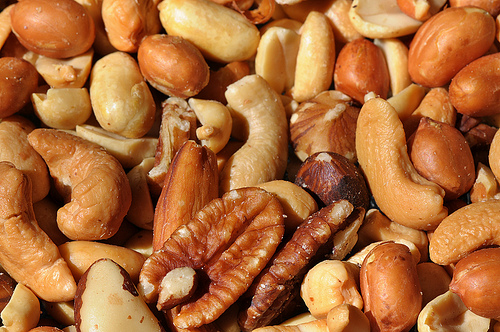

5. Cucumbers
Like tomatoes, cucumbers shouldn’t be stored in the fridge and should be kept room temperature instead.
Storing cucumbers below 50 degrees Fahrenheit leads to accelerated decay, but keep them separate from bananas, tomatoes, and melons, which produce ethylene, a natural gas that causes cucumbers to ripen quickly.
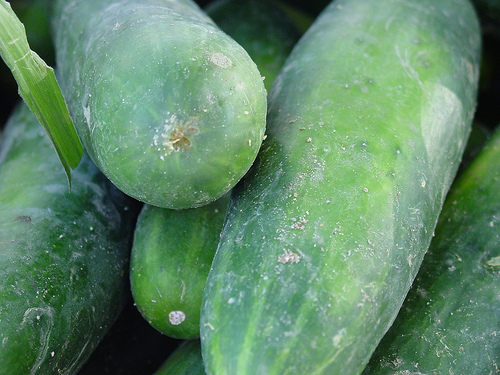

6. Fresh Herbs
Fresh herbs often wilt or go dry pretty quickly, but storing them the right way can prevent this. Cut off the bottom of the stems and place them in a jar of water, but keep the leaves dry. Stick them in the fridge, and cover loosely with a plastic bag.
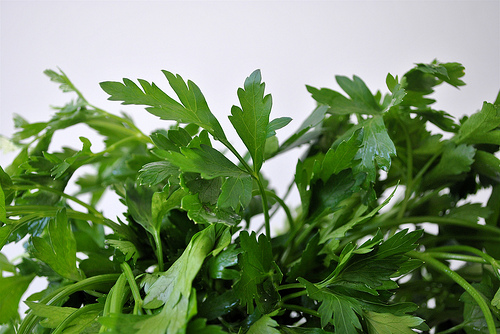

7. Whole Wheat Flour
Once opened, it’s best to keep your whole wheat flour in the refrigerator or the freezer rather than the pantry. Store it in an airtight bag or plastic container to prevent it from picking up any surrounding flavors.
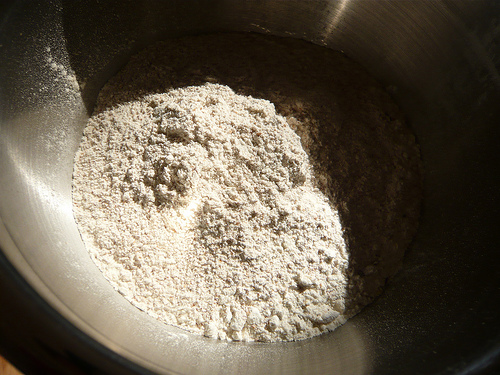

Photo by adactio


